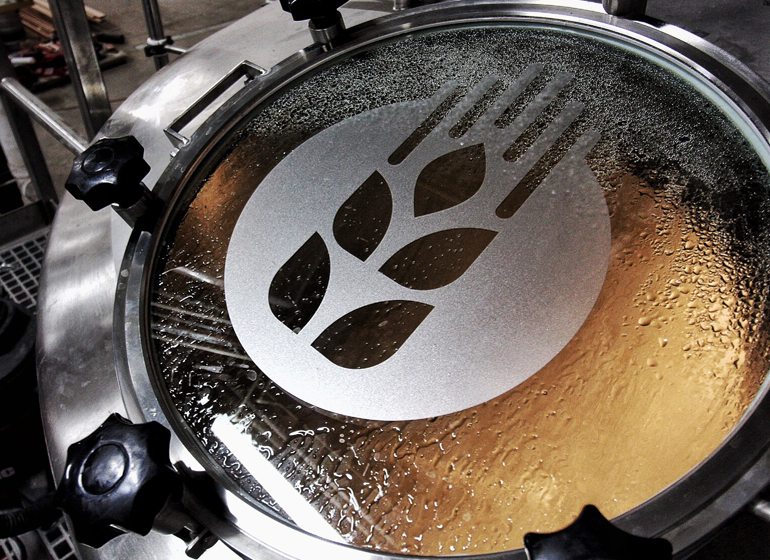It’s no surprise that Wisconsin knows its beer. In the mid- to late-1800s, beer barons from Germany discovered fertile ground in the Dairy State, founding breweries such as Schlitz, Miller, Blatz and Pabst.
Fast forward to 2017 and the fervor continues – with a modern twist. Today’s distilleries and microbreweries in Wisconsin are committed to staying small and artisanal, riffing on the farm-to-table movement already adopted by restaurants. There’s a face to the brewery or distillery – and production happens in small batches.
Northern Waters Distillery founder Peter Nomm says a steady stream of tourists and vacation home owners keep his Minocqua business humming in this Northwoods town. Founded three years ago, Northern Waters operates a tasting room – not legal in all states, but thankfully allowed in Wisconsin.
“When you sell it on site, your margins are a lot better because you don’t lose money to the middleman,” Nomm said.
He’s chosen not to contract with a distributor and to intentionally stay small. Each of the 14 spirits (including a gin, a corn-based whiskey and a vodka) is only sold through the tasting room.
To grow or not to grow is the dilemma Green Bay’s Hinterland Brewery faced. Founded in 1995, its 9,000-square-foot facility will soon expand to 25,000 square feet at a new location in the Titletown District, a 34-acre project in development next to Lambeau Field. Completion is scheduled for fall of 2017.
“We’re selling more beer in Wisconsin than we ever have before,” said president and owner Bill Tressler. “I’ve even had to pull out of some states in order to fulfill our market.”
Wisconsinites prefer to drink local, said Tressler: “It’s become more provincial than in the past. There’s a shift from state beer to neighborhood beer. In different U.S. markets, like Portland, Oregon, craft beer’s share surpasses 50 percent of the market.”
Among the eight microbreweries that opened in Milwaukee in 2016 is Third Space Brewing.
“The saturation point is well into the future. I think we could see another eight to 10 breweries open here,” owner Andy Gehl, 37, said. (Business partner Kevin Wright is 35.) “Milwaukee missed the craft brewing revolution in the ’90s and ’00s that every major city in America had.”
Open since September, Third Space has pledged to add a new beer each month. Like Nomm, Gehl believes in the taproom: “It makes it easier for small breweries to survive. We’re right in front of their faces in that taproom.”
Low real estate costs and easy freeway access enticed the duo to move into the 11,000-square-foot facility in the Menomonee Valley, just south of downtown.
“We wanted to plan for growth… (with) a large facility to grow into,” Gehl said.
Simple economics are the reason Bittercube opted to produce its line of bitters in Wisconsin – first in Madison, before shifting to Milwaukee in 2014 and finally making its headquarters in a 4,000-square-foot warehouse in the Bay View neighborhood. A distillery license in Minnesota costs six times more and Chicago real estate is more expensive, said co-founder Ira Koplowitz. His business partner, Nicholas Kosevich, resides in Minneapolis. In the beginning, Bittercube distributed solely in Wisconsin, Illinois and Minnesota; now it is in 30 states, plus Canada, Italy and Australia.
“Craft brewing was where it went mainstream,” said Koplowitz. “Distilling was the last frontier.”
Consumers’ curiosity about sourcing is one factor fueling annual growth of between 35 and 50 percent, according to Koplowitz.
“People want to know where their beer comes from and that their bitters are made with natural ingredients,” he said.










